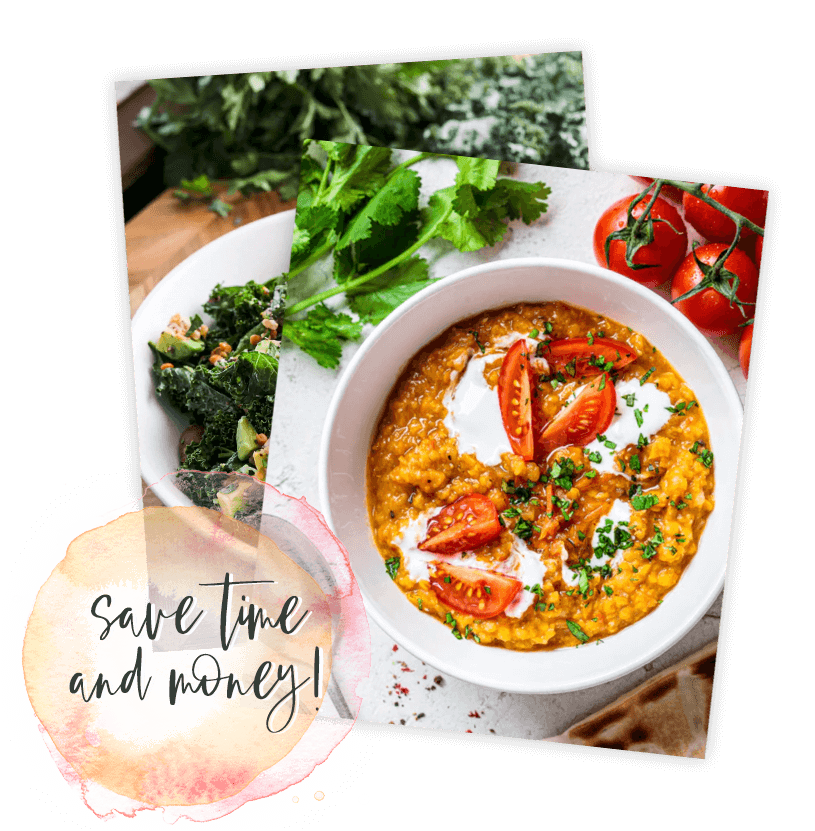How to Stop Emotional Eating During Social Isolation
How to stop overeating, bingeing, restricting and other patterns of compulsive eating. Learn how to develop a healthy relationship with food, body and mind.
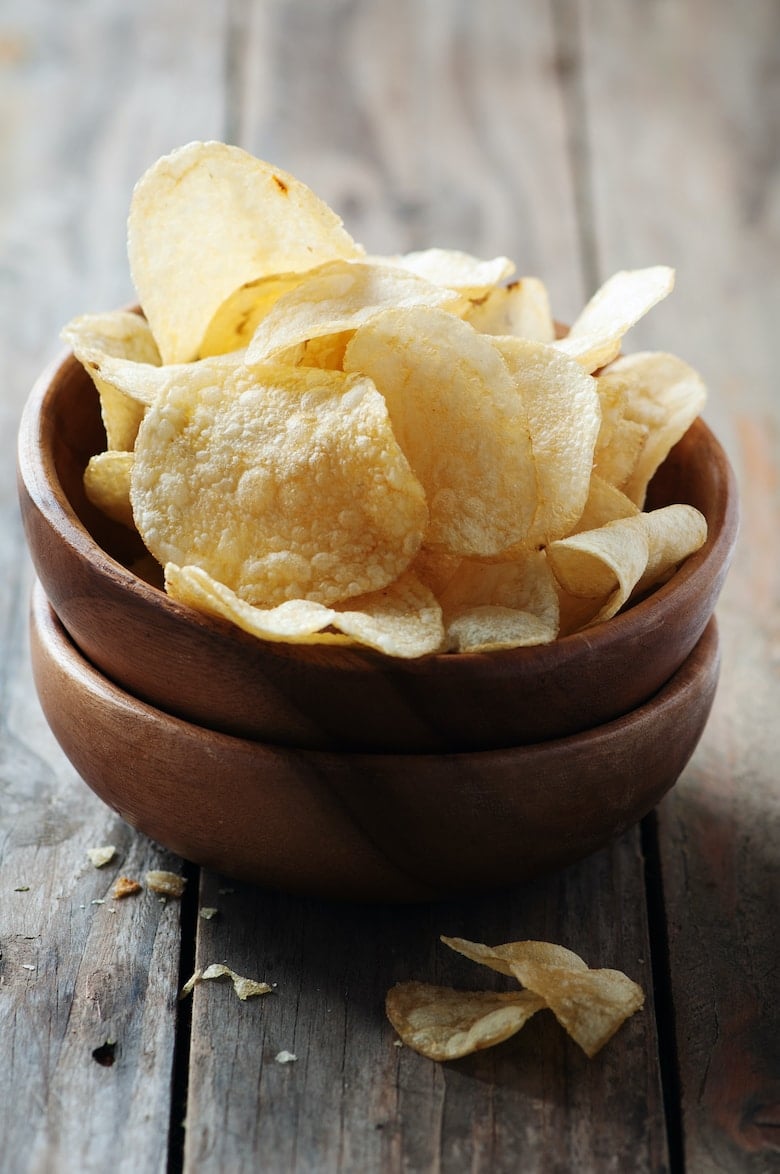
It isn’t easy to be in charge of your body when you’re struggling and overcome with profound emotions. That dialogue between body and mind can get thrown off balance — making it tough to achieve a harmonious inner landscape. We feel off our game, worn out and unwell. Food can sometimes serve as a means to combat this barrage. In my view, examining *the connection* between our food-mind-body is truly foundational in building, nourishing and sustaining a healthy sense of self.
It’s a disruptive process, but isn’t that how we evolve?
With a lot of us being in such proximity to food, emotional eating has become even more prevalent. How do you counter negative thoughts when it comes to your body and food?
The truth is, sometimes you can’t.
These are deeply ingrained in many of us through diet culture, and it can be a tough process to unlearn.
If you’re looking to understand the basics of emotional eating, and repair your relationship with food, the model of intuitive eating serves as a compelling approach for a more rooted connection with body and mind.
What is Emotional Eating?
One thing I frequently discuss with my clients is how to identify physical hunger vs emotional hunger in order to eat more intuitively. Eating is essential for survival, however, Intuitive eating involves eating in response to physiological hunger and satiety cues instead of in response to emotions. We normally think of physical hunger as an empty sensation in the stomach that lets us know it’s time to refuel – and so we eat! In contrast, emotional hunger tends to satisfy a psychological need – like an unmet emotion. This form of hunger occurs in your brain as it’s more of a craving or “need for comfort” rather than nourishment. Understanding what may be fueling your desire to eat is an important step to developing a healthy relationship with food.
Below are some easy ways to determine if you may be experiencing physical or emotional hunger:
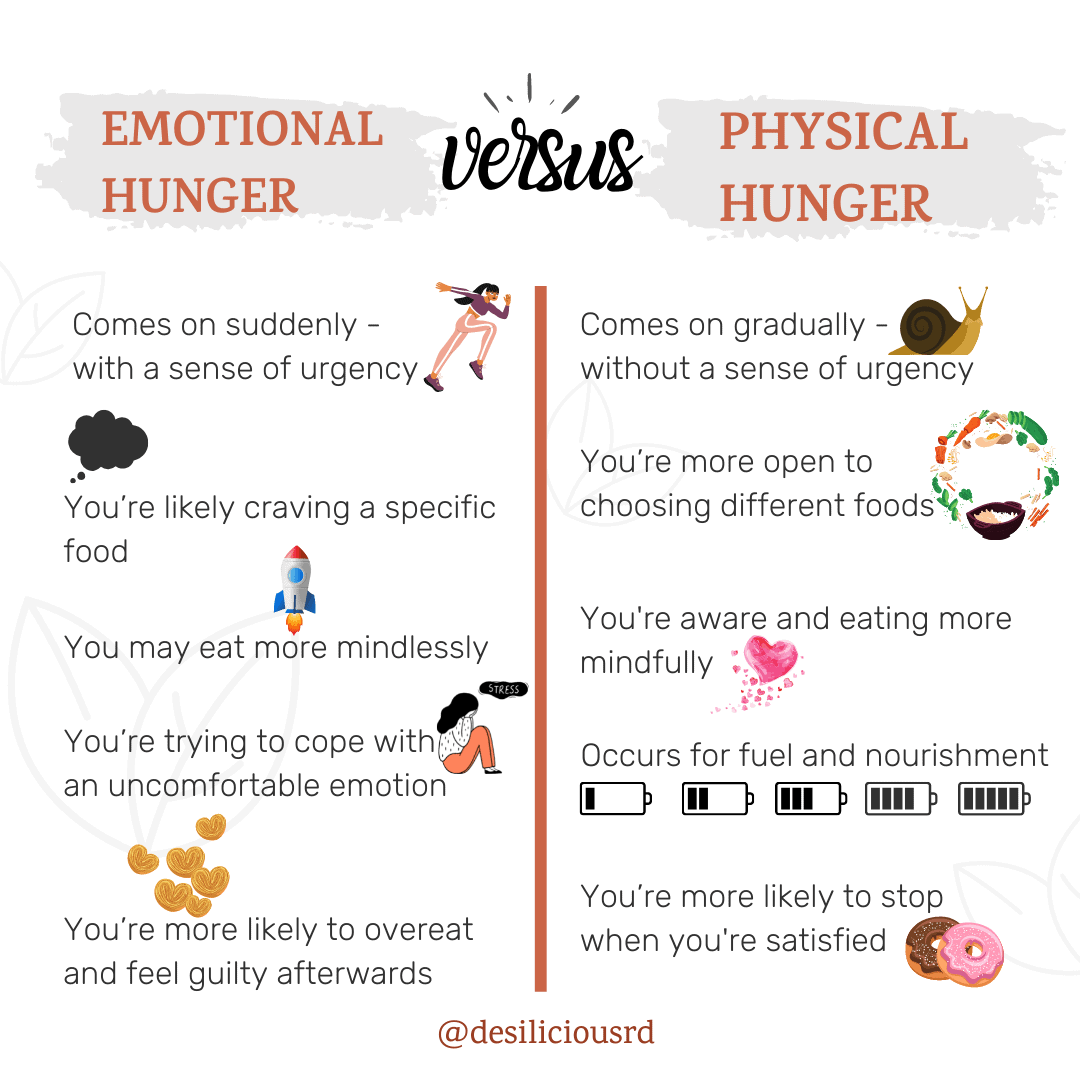
What Can Cause Emotional Eating?
Understandably, the stress of social isolation, coupled with fear and uncertainty about the future, can take its toll. It carries strong emotions. We are living in times of high stress, confusion and loneliness, and for some – gravitating towards food can help us feel more at ease with uncomfortable emotions.
Food gives us that instant gratification we crave when we are going through a negative situation, and it can serve as a distraction from what’s really going on. Some argue that it may even offer a sense of false fullness or help to fill a void.
Below are some possible triggers that may be fueling your emotional binge eating.
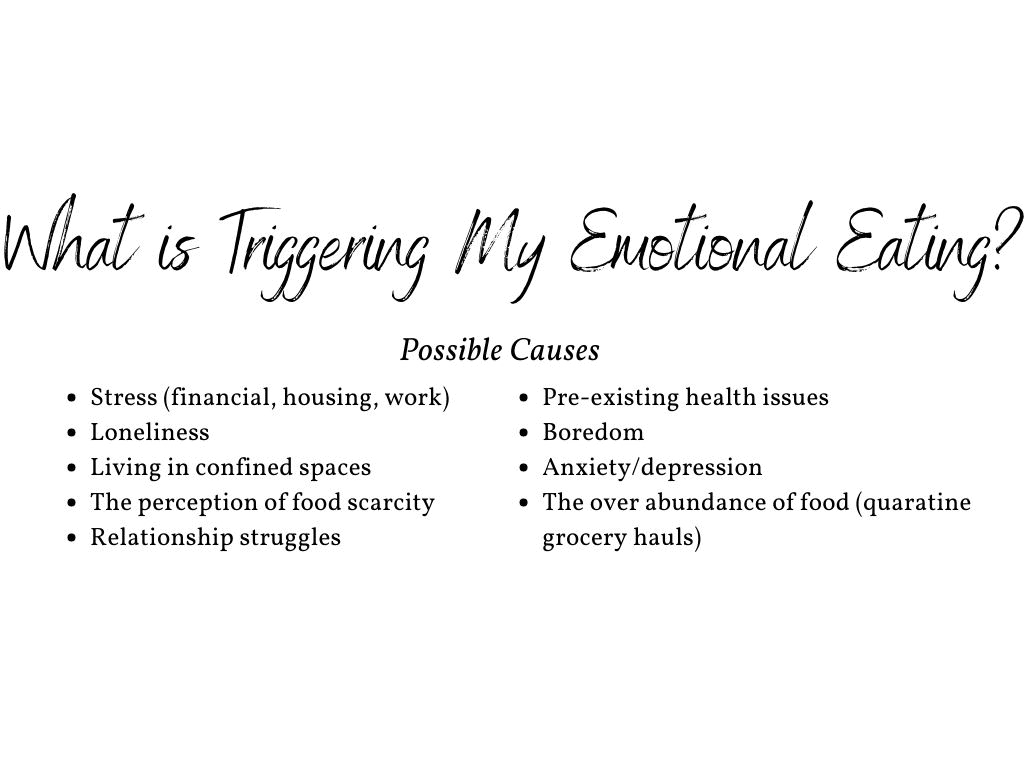
Is Being an Emotional Eater a Bad Thing?
There’s a lot of guilt and shame surrounding the topic of emotional eating, however, contrary to popular belief, emotional eating is a completely normal response. As humans, we are emotional beings, and our brains’ emotional parts have a powerful influence on our decision-making. We constantly want to seek comfort. If you’re someone who typically utilizes positive coping strategies and yet finds yourself diving into a plate of cookies because the mother-in-law’s in town – then fine! Emotional eating is not your habitual pattern. It’s important though, to consider, that when food becomes our only means of coping with daily stressors, it becomes problematic. Let’s face it – we’re not addressing the root of the cause, and this often leaves us stuck in the emotional eating cycle, as seen below.
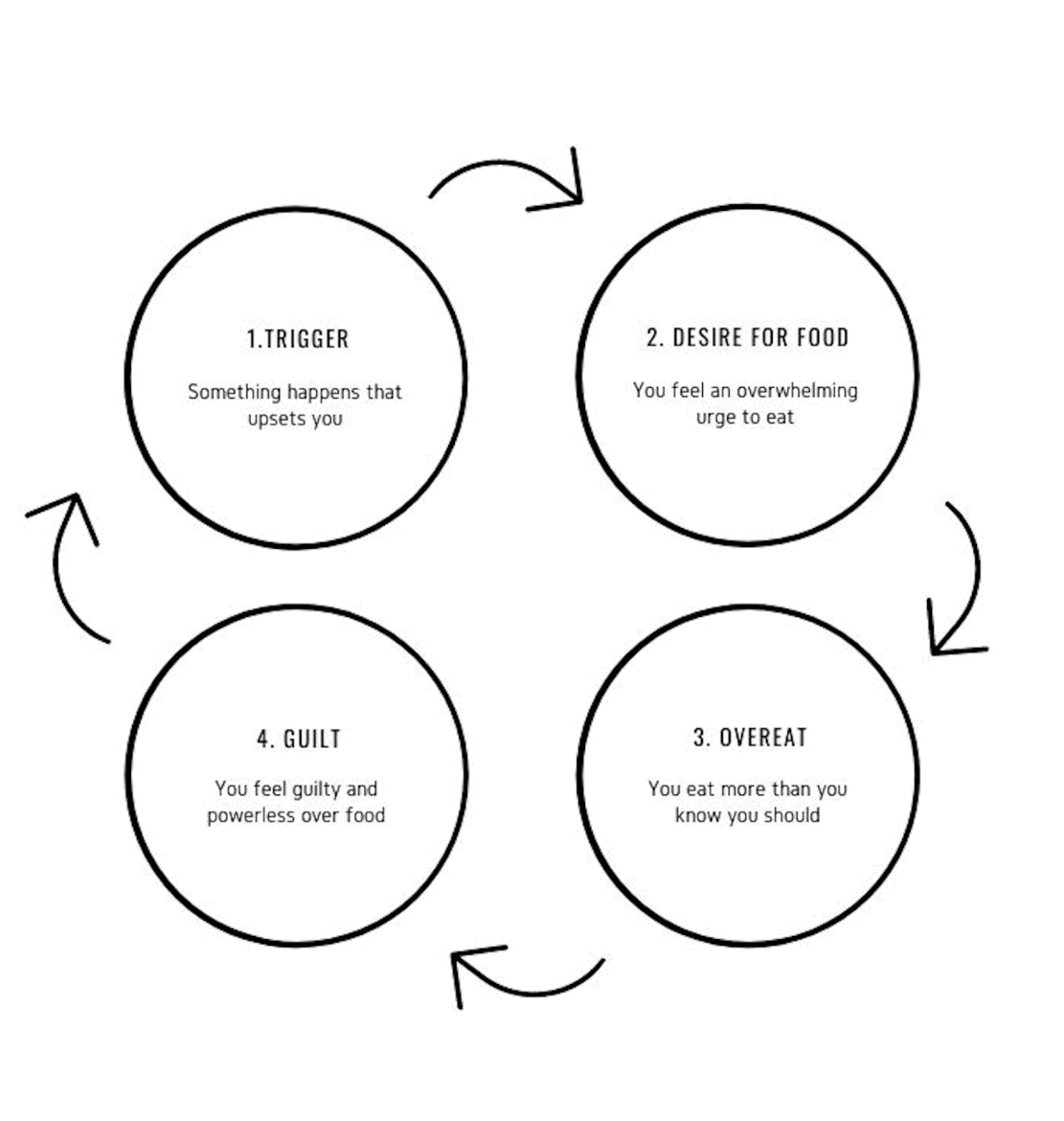
However, If you’re an emotional eater, you’ve likely noticed that instant gratification from food doesn’t last too long and so you may find yourself caught in a cycle of trying to seek comfort. Again, this is not a bad thing! In fact, as humans, we may even emotionally eat in favourable circumstances, like social gatherings and celebrations. Food plays a massive role in our identities, traditions and culture, and it’s important to celebrate and embrace the joy of food and eating.
Emotional eating is not something to feel ashamed of; rather, a sign that there may be something else going on that needs to be addressed. The more we practice reframing our mindset and identifying our emotions, the more self-aware we become. You can use this to your advantage to break the vicious cycle.
How to Stop Overeating and Practice Intuitive Eating?
A useful tool for recognizing the early signs of hunger and avoiding the restrict/binge cycle is the hunger scale. It’s easy to stop listening to these innate body signals that tell us when we’re hungry and when we are satisfied.
Comfort Eating – Why it Happens?
For many of us, feelings of anxiety, stress and helplessness are at an all-time high. No matter what our typical state of mental health looks like, stress is a risk factor in the development of addictive disorders and relapse to addictive disorders. For some, turning to food can provide a sense of comfort and control that we may be craving in this new uncertain reality.
Stress Eating and How to Stop?
I believe that establishing a healthy relationship with food is a form of self-care; however, this isn’t something that happens overnight. It’s a process, and everyone’s journey will look a little different. Changing behaviour takes time, and in order to become the CEO of our body, we need to become more conscious and self-aware. It goes without saying: we must work towards establishing a stronger connection between mind and body. Similar to training our muscles at the gym, the more you work at it – the easier (and stronger!) it becomes. Similarly, when it comes to intuitive eating, we must train our minds and bodies to focus on our hunger and satiety cues and explore what they are telling us.
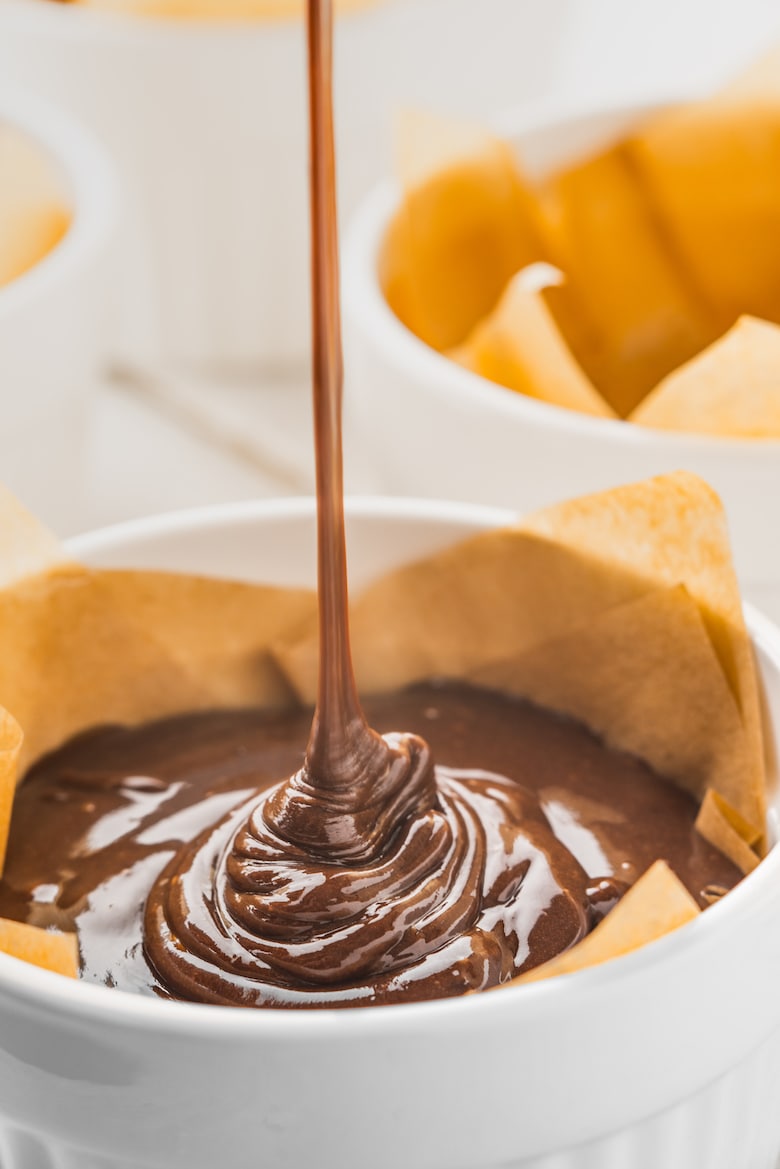
Hunger Scale
The hunger scale was developed as a tool to measure the tendency to satisfy our physical hunger. If you’re new to intuitive eating, using this scale can be a great first step towards nurturing your relationship with food. The scale ranges from starving to feeling overwhelmingly full. As you can see below, both are in the orange/red zone on opposite ends of the spectrum.
The next time you grab something to eat – pause. Check in with yourself and rate your hunger on a scale of 1 to 10). If you feel “ravenous and starving,” it’s a sign you’ve probably waited too long to eat. We want to avoid getting to this point as we’re then less likely to eat mindfully and, as a result, overeat. This will bring us to the opposite end of the spectrum – leaving us feeling bloated and uncomfortable. Ideally, you should aim to be in the green zone (just before your stomach starts to growl) as it’ll help you make more mindful choices and eat until you’re satisfied.
It goes without saying; our routines are profoundly altered, and practicing intuitive eating may feel like a chore. What’s great is that we can celebrate that it’s not a diet with restrictive rules; but rather a practical and straightforward tool to strive towards food freedom. Some days may be more difficult than others, but that’s okay. The signals are still there, and the more you check in with yourself, the more it’ll become second nature!
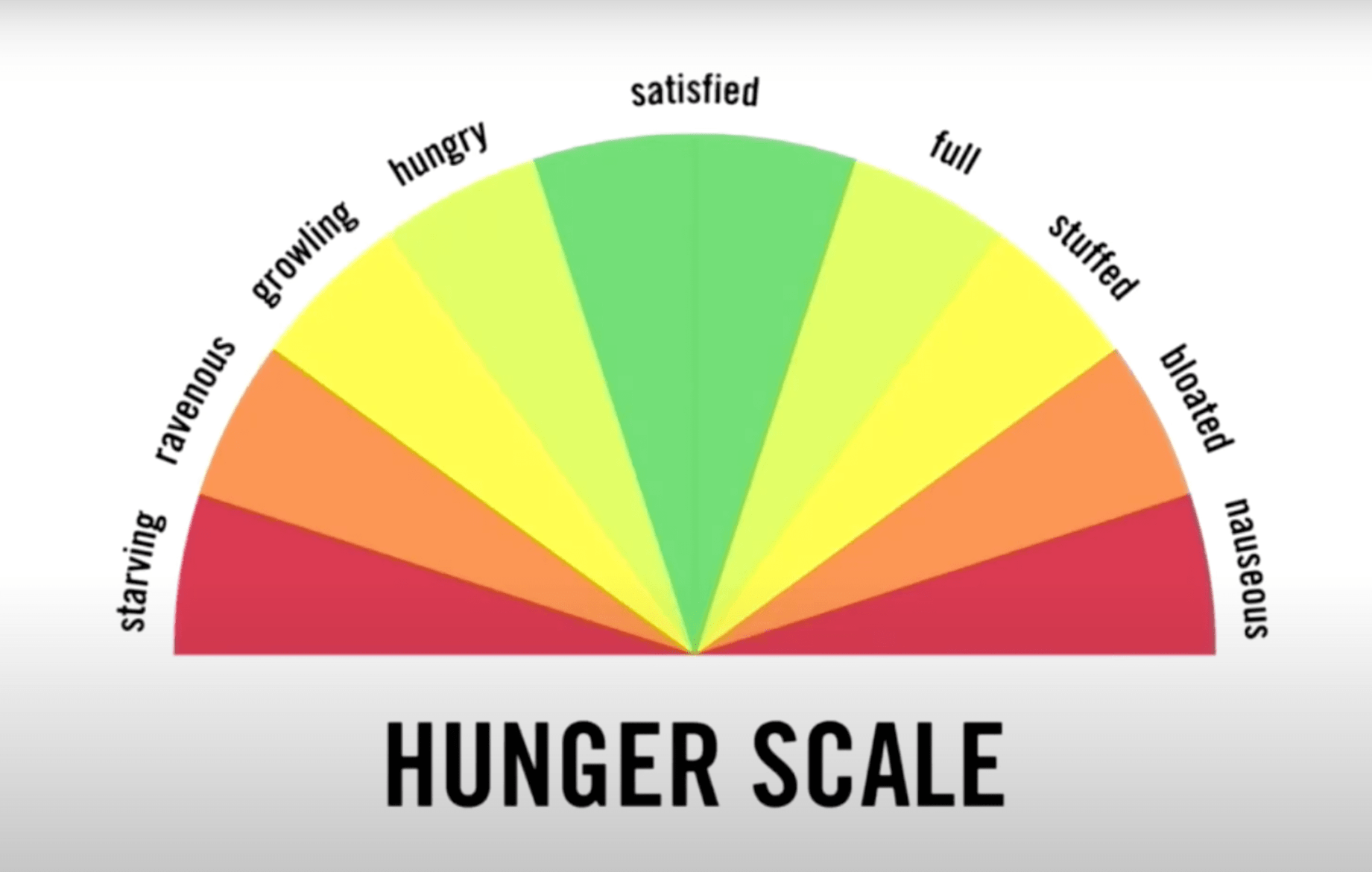
More Helpful Ways to Cope
Eating as a coping mechanism is nothing to feel ashamed about. Sometimes we all just need a big bowl of ice cream to brighten our day – Ben & Jerry’s Netflix & Chill’d is my personal favourite! During times of emotional stress and anxiety, many of us typically reach for ultra-processed and less nourishing foods: chips, sweets, candy, biscuits, ice cream. There’s no denying, that eating such foods regularly can lead to weight gain over time. What’s more, if eating is your primary emotional coping mechanism – it isn’t healthy.
The good news is that there are tons of helpful coping mechanisms available to help you break free of the compulsive eating cycle. Building a self-care toolkit can be useful for learning how to deal with our emotions.
Having a variety of tools is useful because what works in one stressful situation may not work for another. Think back to a really stressful time in your past when you were able to cope successfully.
- What was it about that situation that made it manageable?
- What activities made you feel good?
- What brought you joy?
Write down the alternative coping strategies that worked for you previously and tap into those successes. Keep these tools handy the next time you are going through a tough time.
Below are examples of what you can include in your tool-kit:
- Exercise (go for a walk, do some yoga, go on a hike)
- Spend time in nature
- Listen to your favourite music
- Meditate / Breathing Exercises
- Watch your favourite movie
- Have a relaxing bubble bath
- Phone a friend
- Read a book
- Colouring or other forms of artistic creativity
- Journaling (write down things you’re grateful for)

Steps to Overcome Emotional Eating?
1) Reflect
The next time you have the urge to eat, take a moment to reflect on what you may be feeling. This reflection can be a great way to work on improving self-awareness by identifying the trigger. It is also helpful to distinguish between emotional and physical hunger. Ask yourself:
- Am I really hungry?
- What am I feeling?
- What do I need?
This would also be an appropriate time to incorporate the hunger scale. Remember that the goal is to stay in the green zone to help make more mindful choices. If, after this whole process, you still want that cookie or slice of cake – go for it and savour every bite! The important thing is that we continue to use this tool to train our minds and body.
2) Journaling
After you check in with yourself, it may be good to write down what you’re feeling. Journaling can help you to map out any patterns in your emotions or triggers. Sometimes having that visual can be really useful in noticing if there are specific times when you are feeling more anxious, stressed or down. You can also make use of technology for this step, such as the notes section of your phone or apps like Reflecty.
3) Pick out something from your self-care toolkit
After you’ve identified what you’re feeling, take a look at your self-care toolkit and pick something out. We may not always pick out the best tool to get the job done but this also improves with time. The more in tune we become with our emotions, the easier it is to understand what self-care method we require. We may not always want to pick the same coping strategies, so having a variety of alternatives can come in handy.
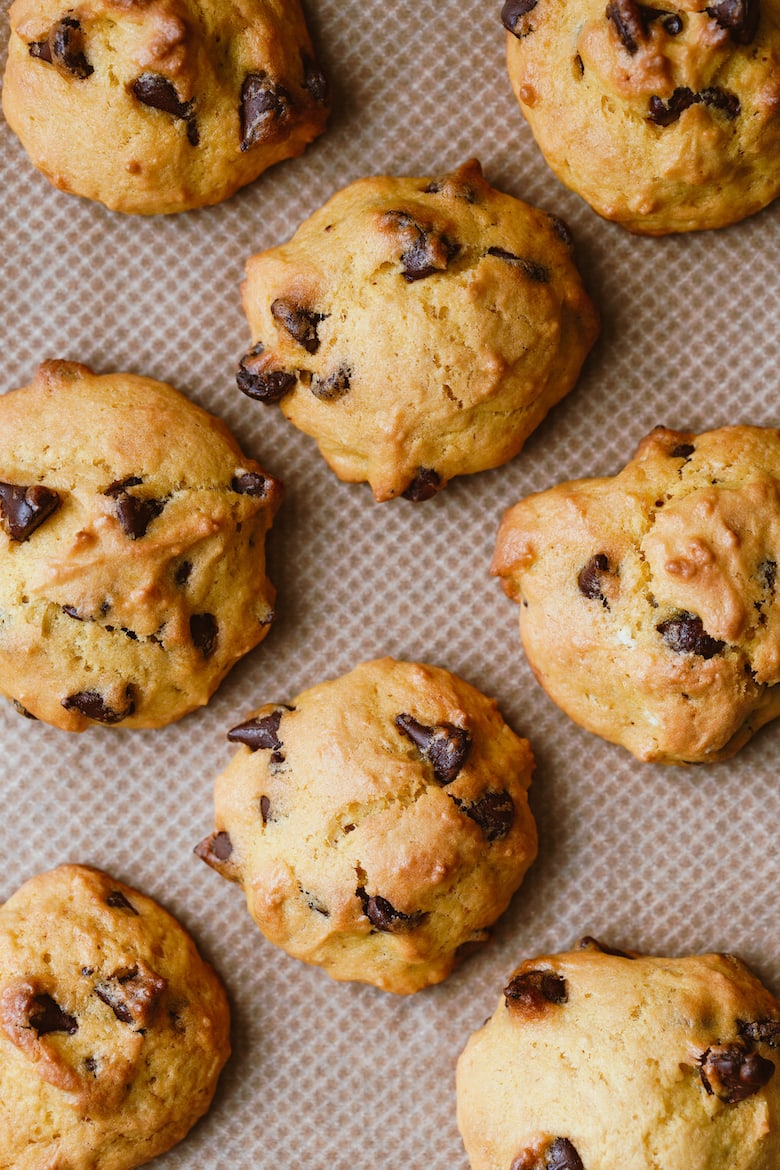
4) Reach out for support
I think social interaction is something that many of us are currently craving. We are social beings, and sometimes speaking to the right people can really have a positive effect on our overall mood. Depending on the social distancing rules put in place in your city, it may be difficult for us to feel physically connected. Taking advantage of technology can be especially useful during these times of social isolation. Carve out some time out of your day to FaceTime a friend, have a dinner party via Zoom with your loved ones – whatever helps to feel your best! Sometimes reaching out for support can also mean speaking to your doctor, dietitian or therapist.
Final thoughts
The journey towards developing a healthy relationship with food takes time and dedication. It’s important to remember that there is no such thing as perfect eating. Give yourself permission to eat your favourite foods – without guilt. Remember that emotional eating is only one of many tools we use to soothe ourselves from uncomfortable emotions. The more we continue to reflect and listen to our body’s natural hunger cues, the easier it will be. It’s a process that can take a little getting used to, but you can gain control and nurture a healthy relationship with food. Don’t get caught up in the process, and make room for self-compassion. During these uncertain times, self-love is critical and will help make the process more enjoyable. Food does not have to leave you feeling powerless. The key is to catch yourself amidst negative feelings – accept them – and not let your food selections dictate how you feel. Remember, your food choices do not define you.
Is emotional eating common for you? What are typical emotional eating foods you gravitate towards? Share in the comment section below!
If you enjoyed this article, would love to hear from you! Leave a comment, rate it, or share a photo and hashtag with #desiliciousrd on Instagram, Facebook and Twitter! Can’t wait to see your photos.
Hungry for more?
Subscribe to my newsletter for free recipes, nutrition tips and all the latest updates.
This article was written in collaboration with Gabi Abreu, BSc (Nutrition). Gabi is a certified health coach, aspiring dietitian and founder of the Working Woman’s Health Collection. WWHC was created with the purpose of inspiring women to achieve a healthy relationship with food, while taking into consideration the busy lifestyles that we live today.
Hitting the reset button with three weeks of wholesome food.
- Delicious dietitian-approved plant-forward recipes bursting with healthy ingredients
- Everything you need to enjoy nourishing meals and snacks
- Done-for-you meal plan complete with grocery list
- Meal prep guide to make the most of your time in the kitchen & save money!







